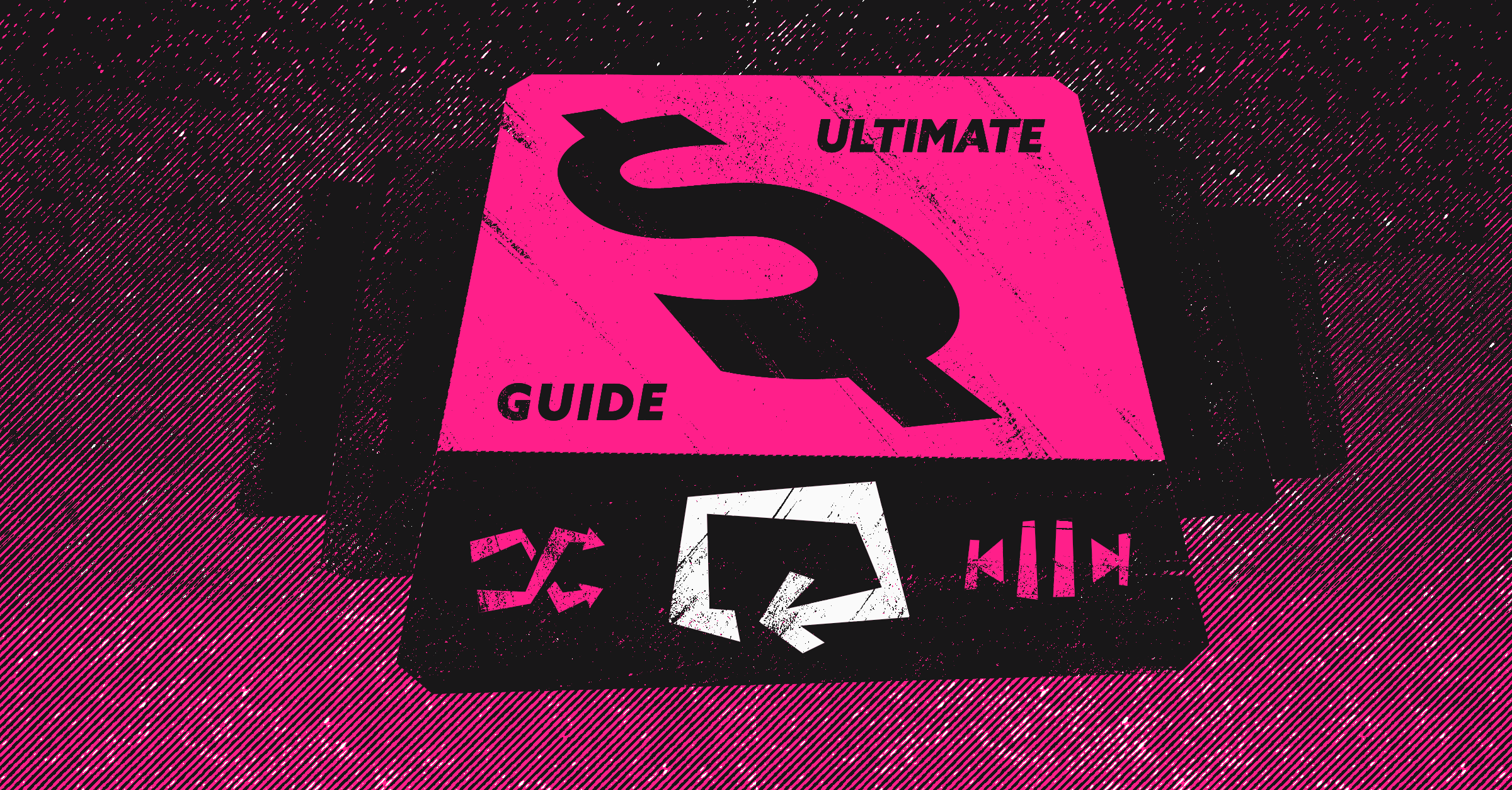
There is, perhaps, no more frustrating aspect of sales than when a promising deal goes cold. Sometimes, the prospect cuts off all contact, and you never get to find out why. Other times, however, communication simply becomes more sparse, unclear, and the deal turns into what can best be described as a “zombie”: not quite dead, but not exactly alive either.
When this happens, it can be especially aggravating, because you can’t write the deal off and move on, but you really can’t count on it to close either — it’s simply stuck in limbo, and, therefore, stuck on your mind.
So how can salespeople make something out of a zombie deal, and is it worth pursuing these sleepwalking prospects, or is it better to simply mark it closed-lost and move on?
The answer to the second question is: absolutely not. The prospect has (presumably) expressed interest, and it doesn’t make sense to walk away before you’ve given it everything you’ve got.
As for the first question, here are some proven ways you can try to revive a zombie deal (rather than simply giving up):
1. Take a different (new) approach
When what you’re doing hasn’t worked, it’s time to recognize that you need a new game plan. One of the most effective ways to bring a zombie deal back to life is by switching the message, switching the medium, or switching the ask. Doing this is a form of pattern-interruption, and can be a great way to switch the paradigm of your outreach.
To be sure, there are other, more creative ways to add variety to your efforts, but before you take out a full-page ad in a your prospect’s favorite trade publication, try using different language, contacting them at a different time (or in a different place), and making sure you’re not just regurgitating the same tired message you’ve been using up to that point.
2. Try a different contact
If the person you’ve been dealing with hasn’t responded, or hasn’t offered you any clarity, then you should consider enlisting another prospect within the same organization. When doing this, however, you need to be tactful, as this has the potential to create an uncomfortable situation and potentially cost you the deal.
Before looking for another decision maker, make sure you’ve exhausted your efforts with your existing contact, and be sure that you never badmouth anyone’s lack of response to someone else within their company. Ideally, there will already be somebody involved in the process, whether they’ve attended previous sales presentations or been copied on correspondence. In any case, understand the risk, but don’t hesitate to add someone else into the mix when you’ve exhausted all other options.
3. Create a triggering event
A great way to inject life into a zombie deal is to create a triggering event that not only gives you a new excuse to get in touch, but also frames your offering in a compelling, and potentially time-sensitive way.
A triggering event can take on many forms, whether it’s a limited time offer, an impending price-hike, an expiring quote, an acquisition or promotion, or even a relevant article written about the prospect’s (or your own) business. The key is to replace your regular “ask,” with something more tangible, different, and timely, thereby creating a good reason for a response.
4. Get some help from your team
Salespeople tend to be independent-minded, but a zombie deal is one instance where your manager and coworkers can offer quite a bit of help. If a deal has gone dark, or seems to be stuck in limbo, enlist your supervisor, or another sales rep to get in touch with the prospect and get more clarity on where things stand.
The great thing about having someone else reach out is that it takes pressure off the prospect, who might feel guilty that they haven’t responded, and (as is human nature) might want to avoid having to come up with an excuse for why they haven’t returned calls and emails. So don’t hesitate to ask your favorite coworker to help; most of them will be happy to say yes.
5. If all else fails, send a break-up email
If you’ve tried everything under the sun and you still can’t get a good response, then it’s okay to send a final farewell email. As salespeople, we tend to want to avoid finality, because it means we’re writing a potential deal off for good. But it’s important to rid yourself of this fear, because not only is the alternative (continuing to be ignored) even worse, but a break-up email actually has the potential to bring the zombie deal back to life.
In a break up email, you’ll want to acknowledge the prospect’s hesitancy and lack of response, take away the pressure (“I completely understand”), and offer them the opportunity to correct you if you’ve misread the situation. It’s also a great place to let them know of any discounts, special promotions, or anything else that could re-pique their interest. The best part of break-up emails: they tend to have extremely high response rates.
May the odds be in your favor!
Join the thousands of top-performing AEs who use Dooly every day to stay more organized, instantly update their pipeline, and spend more time selling instead of mindless admin work. Try Dooly free, no credit card required. Or, Request a demo to speak with a Dooly product expert right now.


